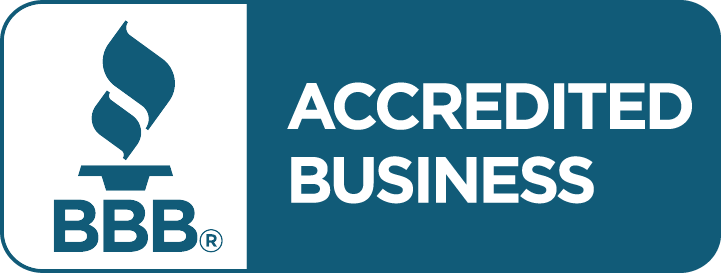Parents of babies and young children have their hands full. From the early days of nursing and sleep schedules to toddlers’ rapidly developing emotional needs, parents are immersed in the here and now of raising little people. Before you know it, your child is grown up, and you may or may not have been able to put money aside for their education. Starting today, here’s how to ensure you’re saving for your children’s education in Canada.
Where to Begin: Registered Education Savings Plans (RESPs)
In Canada, an RESP (Registered Education Savings Plan) is the gold standard for education savings.
An RESP is a long-term plan to help people save for post-secondary education. Through the Canada Education Savings Grant (CESG), the Canadian federal government encourages families to establish RESPs by providing additional funds per individual contribution. Depending on income, government funds of 10 or 20 per cent of $500 are available per contribution to an RESP each year.
In 2021, almost 60 per cent of eligible children in Canada received federal education savings incentives in an RESP. However, studies have shown that many parents delay saving, don’t save consistently, and aren’t adequately familiar with these accounts’ legal and tax implications.
Playing Catch-Up
The maximum annual contribution eligible for a government top-up is $2,500. Many parents can’t put such a large amount of money towards their child’s future academic costs. Some parents don’t have the capacity to get the ball rolling on an RESP for their child in the earlier (or even later) years of parenting.
The good news is that the CESG is retroactive. Funds are available to children each year of their lives up to December of the year they are 17. RESPs have no annual contribution limit, with an overall cap of $50,000.
But there is one hitch for parents looking to catch up on available funds: There’s a maximum retroactive government contribution amount of $1,000 per year. So, sooner is always better when looking to make up for lost time with your child’s educational savings.
Get Your Kids Excited About Saving
Learning about and contributing to an RESP is an excellent opportunity to teach your children financial literacy.
Sharing the value of higher education with them can be started early as part of their ever-changing career aspirations. Reminding them about the opportunities presented by attending college and university builds up their goals and gives them a framework to imagine their future. Talking to your kids about the cost of their education down the road grounds them in the practical realities of following their dreams.
As they grow, explaining the ins and outs of equity allocation, fixed incomes and other savings-related concepts can build up their confidence to navigate their finances independently as adults. The more you learn about and master your finances, the more you can teach your children.
Once your children reach summer-job territory, they may be able to contribute to their RESP with some of their earnings. Pitching in instils a sense of personal responsibility and autonomy over their educational future and helps to build excitement about their post-secondary pursuits.
It will also give them extra incentive to make the most of their educational opportunities, as it provides a greater sense of the value of the cost of their education.
Explore Your Options
An RESP isn’t the only way to save for your child’s education. Some other popular options worth exploring include:
Non-Registered Accounts:
If you need the flexibility of withdrawing funds at various stages, you can open a non-registered account. Non-registered accounts are simple, easy to set up and flexible. If you have complicated finances and need to be nimble with how and where you place your money, a non-registered account may be for you.
Tax-Free Savings Accounts:
A tax-free savings account (TFSA) avoids the special rollovers required for RESPs. TFSAs can make things easier at withdrawal time or if money is no longer needed for educational purposes.
The current maximum contribution per year in 2023 is $6,500, with a cumulative total of $88,000.
Trusts:
Trusts ensure that savings go towards education. If various family members contribute to an education fund, trusts assure everyone that funds will be used as intended.
Trusts are an excellent low-risk option for ensuring that funds for your child’s post-secondary education are firmly in place.
Conclusion: Start Saving Now for Your Child’s Education in Canada
From automatic monthly contributions to asking family members to pitch in, many strategies can help build your child’s education savings.
While it may seem like a long way from the first day of kindergarten to high school graduation, the sooner you invest in your child’s future, the more you can maximize the results. Our budget mentors are an excellent resource when looking for advice on giving your kids the priceless gift of quality education.











